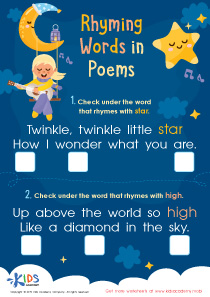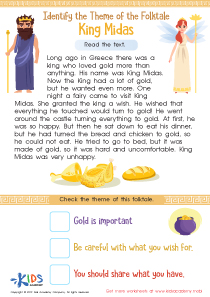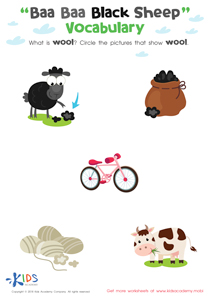Text analysis Normal Reading Worksheets for Ages 4-8
3 filtered results
-
From - To
Discover our engaging "Text Analysis Normal Reading Worksheets" designed specifically for children aged 4-8! These fun and interactive worksheets help young learners develop essential reading comprehension skills. With a variety of activities, your child will practice identifying main ideas, making inferences, and analyzing characters and settings. Our user-friendly format encourages critical thinking while fostering a love for reading. Perfect for at-home learning or classroom use, these worksheets aim to boost confidence and ensure academic success. Join us in making reading an enjoyable and enriching experience for your little ones! Explore our collection today and watch their skills soar!
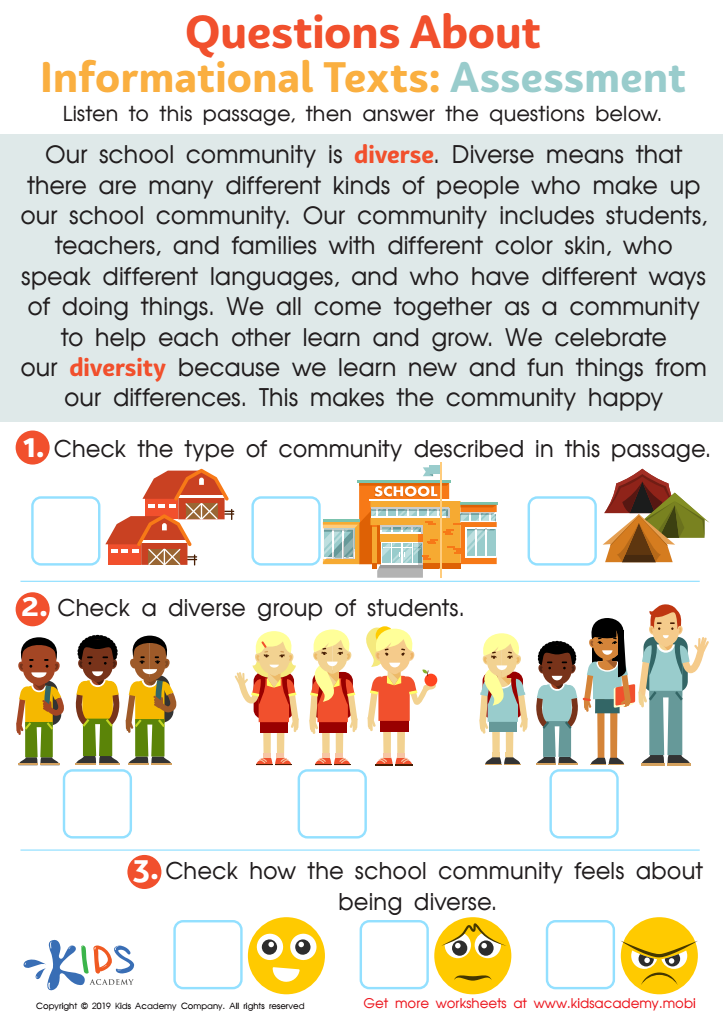

Questions About Informational Texts: Assessment 1 Worksheet
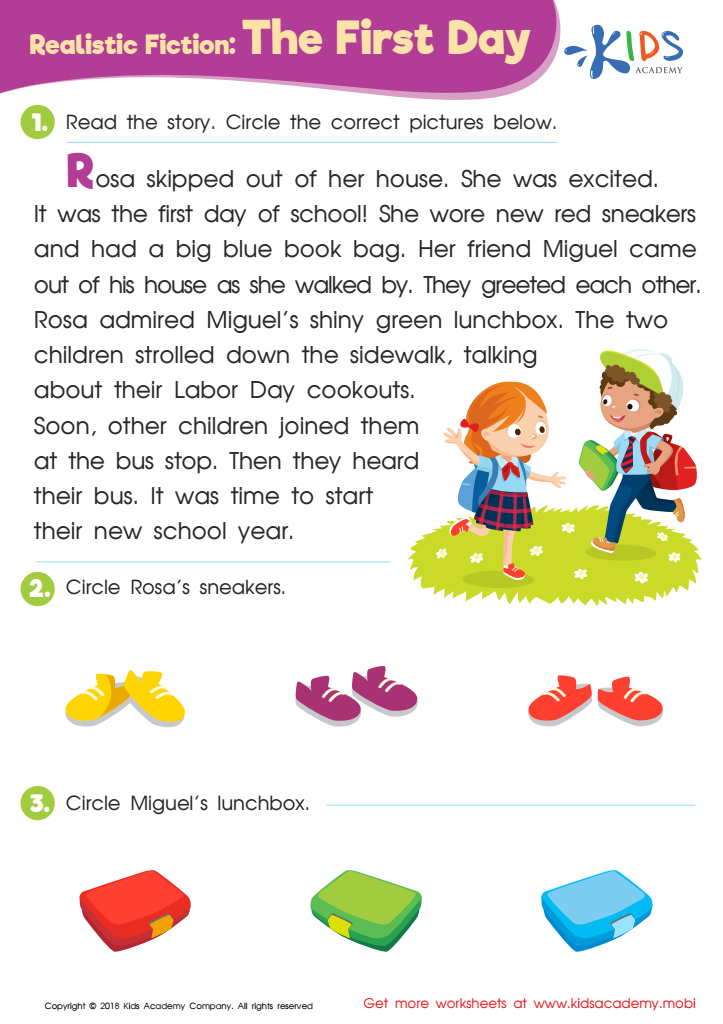

Realistic Fiction: The First Day Worksheet
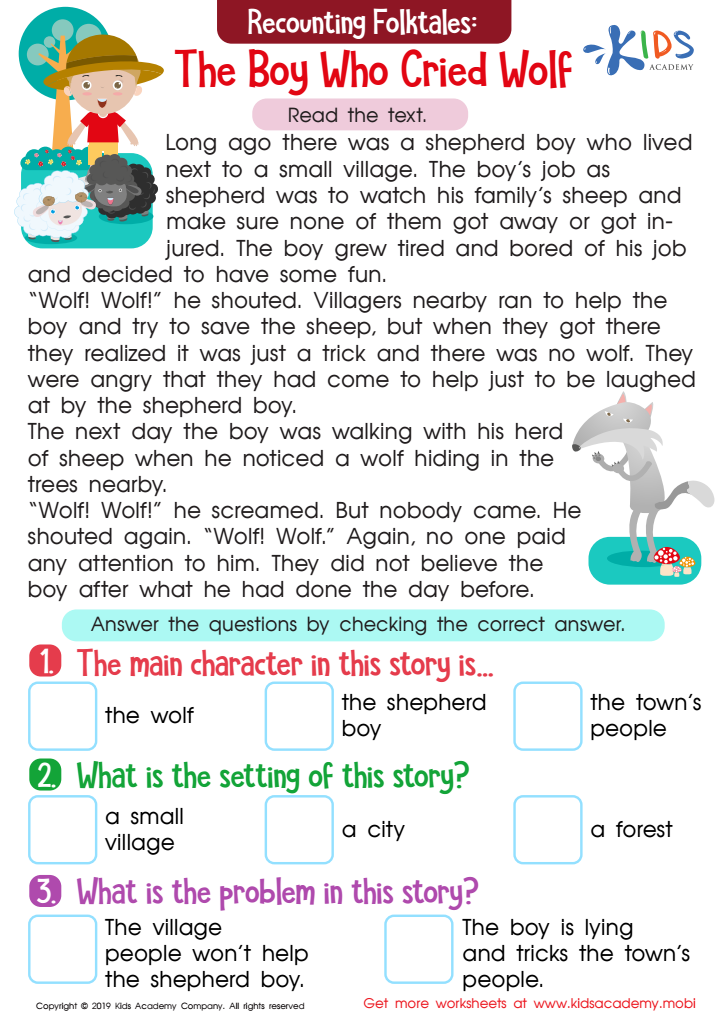

The Boy Who Cried Wolf Part 1 Worksheet
Text analysis, specifically in the context of normal reading for ages 4-8, is a crucial tool for parents and teachers in fostering young literacy development. At this stage, children are forming the foundation for their reading and comprehension skills. Engaging in text analysis allows caregivers to understand children’s reading behaviors, preferences, and challenges, facilitating tailored support.
Through text analysis, educators can identify which text features—such as vocabulary, sentence structure, and narrative elements—are appropriate for young readers, enabling them to select materials that align with developmental levels. This personalized approach enhances motivation and enjoyment, key factors that drive engagement with reading.
Additionally, by analyzing the texts children read, adults can assess comprehension, highlight areas needing reinforcement, and celebrate progress. Recognizing that literacy is not just decoding words but also involves critical thinking and connection-making will help in guiding discussions around texts, leading to richer understanding and retention.
Ultimately, prioritizing text analysis in young readers supports balanced literacy instruction, nurtures a lifelong love for reading, and empowers children to become confident, critical readers who can navigate the world around them effectively. Parental and educational involvement in this process is essential for cultivating a generation of literate thinkers.
 Assign to My Students
Assign to My Students




.jpg)







